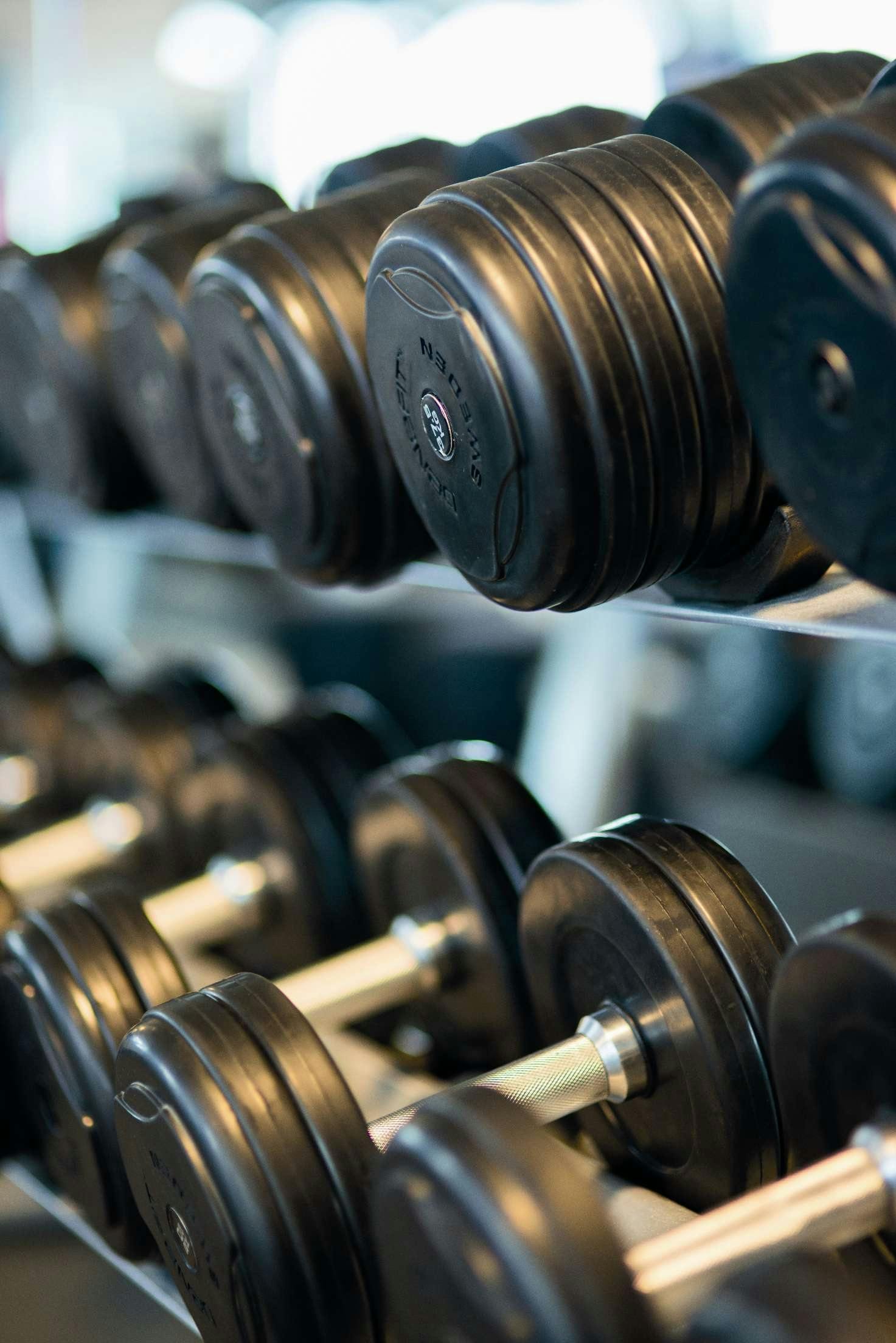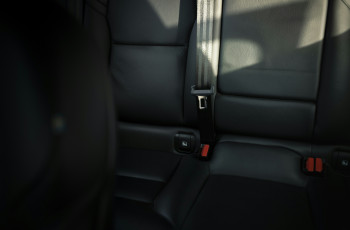In this article, you will gain a comprehensive understanding of the noise and vibration levels connected to heavy-duty die grinders. By providing valuable insights into the potential impact on both operators and surrounding environments, this resource aims to equip you with crucial knowledge to ensure safety and optimize performance. Whether you are an industry professional or simply curious about the intricacies of these powerful machines, this article will serve as your guide to navigating the noise and vibrations of heavy-duty die grinders.

What are heavy-duty die grinders?
Definition of heavy-duty die grinders
Heavy-duty die grinders are powerful handheld tools that are commonly used in industrial settings for various tasks such as grinding, sanding, polishing, and shaping metal, wood, and other materials. These tools are equipped with a high-speed rotating motor which powers a range of abrasive attachments. They are known for their compact size, durability, and versatility, making them essential equipment for professionals in fields like metalworking, construction, and automotive repair.
Various uses of heavy-duty die grinders
Heavy-duty die grinders are widely utilized in a multitude of applications due to their versatility and precision. They are commonly employed for tasks such as removing welds, deburring sharp edges, smoothing rough surfaces, and grinding away excess material. Die grinders also find application in polishing metallic surfaces, cleaning rust and corrosion, and even engraving intricate designs. The ability to use a variety of attachments, such as grinding wheels, sanding discs, and polishing pads, allows these tools to handle a wide range of tasks with ease and efficiency.
Importance of understanding noise and vibration levels
Worker safety
Understanding and managing the noise and vibration levels of heavy-duty die grinders is crucial for the safety and well-being of workers. Prolonged exposure to high levels of noise and vibration can have detrimental effects on the human body, leading to serious health conditions. By comprehending and addressing these factors, employers and workers can implement measures to protect themselves from potential hazards and create a safer work environment.
Preventing hearing loss
One of the significant risks associated with heavy-duty die grinders is the potential for noise-induced hearing loss. These tools can produce high noise levels, and continuous exposure to such noise can damage the delicate structures of the inner ear over time. It is essential to understand the noise levels generated by die grinders and take appropriate measures to prevent hearing loss, such as wearing hearing protection equipment and limiting exposure to noisy environments.
Reducing hand-arm vibration syndrome (HAVS)
Another significant concern when using heavy-duty die grinders is the risk of hand-arm vibration syndrome (HAVS). HAVS refers to a collection of symptoms that can occur when hands and arms are exposed to prolonged and regular vibration from power tools. These symptoms can include numbness, tingling, pain, and loss of grip strength. Understanding and managing the vibration levels of die grinders is crucial in preventing HAVS and ensuring the long-term health and well-being of workers.

Noise levels of heavy-duty die grinders
Explanation of noise levels
The noise level of heavy-duty die grinders is typically measured in decibels (dB). Decibels are a unit of measurement that quantifies the intensity of sound. The higher the decibel level, the louder the noise. Noise levels are categorized into different ranges, with each range having its corresponding implications for the risk of hearing damage. Understanding these noise levels is essential for assessing the potential impact on workers’ hearing and implementing appropriate control measures.
Factors affecting noise levels
Several factors can influence the noise levels produced by heavy-duty die grinders. Firstly, the power and speed of the motor can significantly impact the noise generated. The type of attachment used, such as grinding wheels or cutting discs, can also contribute to noise levels. Additionally, the material being worked on can affect the noise produced. For example, grinding metal may generate more noise than grinding wood. It is crucial to consider these factors when evaluating the noise levels of die grinders and implementing sound control measures.
Common noise levels of heavy-duty die grinders
The noise levels of heavy-duty die grinders can vary depending on the specific model and manufacturer. However, it is well established that these tools often produce noise levels above the recommended exposure limits. On average, the noise levels of die grinders range from 85 dB(A) to 110 dB(A) or even higher. To put this into perspective, prolonged exposure to noise levels above 85 dB(A) can lead to hearing damage over time. It is essential to be aware of these noise levels and take appropriate measures to reduce and manage them effectively.
Recognizing noise-induced hearing damage
Recognizing the signs of noise-induced hearing damage is crucial for early intervention and treatment. Common symptoms of hearing damage include difficulty hearing high-pitched sounds, muffled hearing, ringing in the ears (tinnitus), and the need to increase the volume of audio devices. Regular hearing screenings and awareness of these symptoms can help individuals identify potential hearing damage and seek appropriate medical attention.




